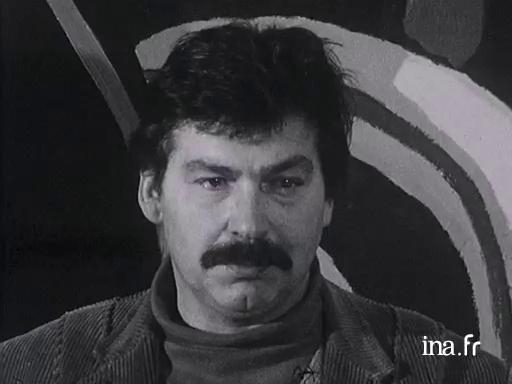Karel Appel defines his painting

Information
Interview with Karel Appel, one of the founders of the artistic movement CoBrA, which defined his painting. He speaks about imagination, subjects, the large format of his works.
Context
From the beginning, the work of Karel Appel (1921, Amsterdam - 2006, Zurich) was motivated by the refusal of convention and the rejection of a materialist society. A student of the Amsterdam Academy of Fine-arts during the Second World War, he was influenced by Picasso, Dubuffet and Matisse. In 1948, with Corneille and Constant, he opposed the dominant geometric abstraction in the Netherlands, in the wake of Mondrian neoplasticism.
One year later they participated in the foundation of the collective CoBrA for Copenhagen, Brussels and Amsterdam from the name of the towns where the members are from. Amongst them, Dotremont, Alechinsky, Jorn and Bury. The movement, close to communist ideals, refers to popular Nordic art, primitive art, children's drawings and surrealist automatism. This would be for Appel the era of anthropomorphic creations and a series of tri-dimensional paintings. Following protests sparked by his fresque that was to decorate the Amsterdam Town Hall and finally covered over for ten years, the artist began to travel. In Paris he developed an impulsive painting that was close to the American action painting.
His painting never ceased to express the violent feelings that the world inspired in him. Amongst other symbolic actions, of which the use of junk items in his works in the Arte Povera manner, Karel Appel collaborated on mural paintings with the inhabitants of shantytowns in Lima in 1976.




